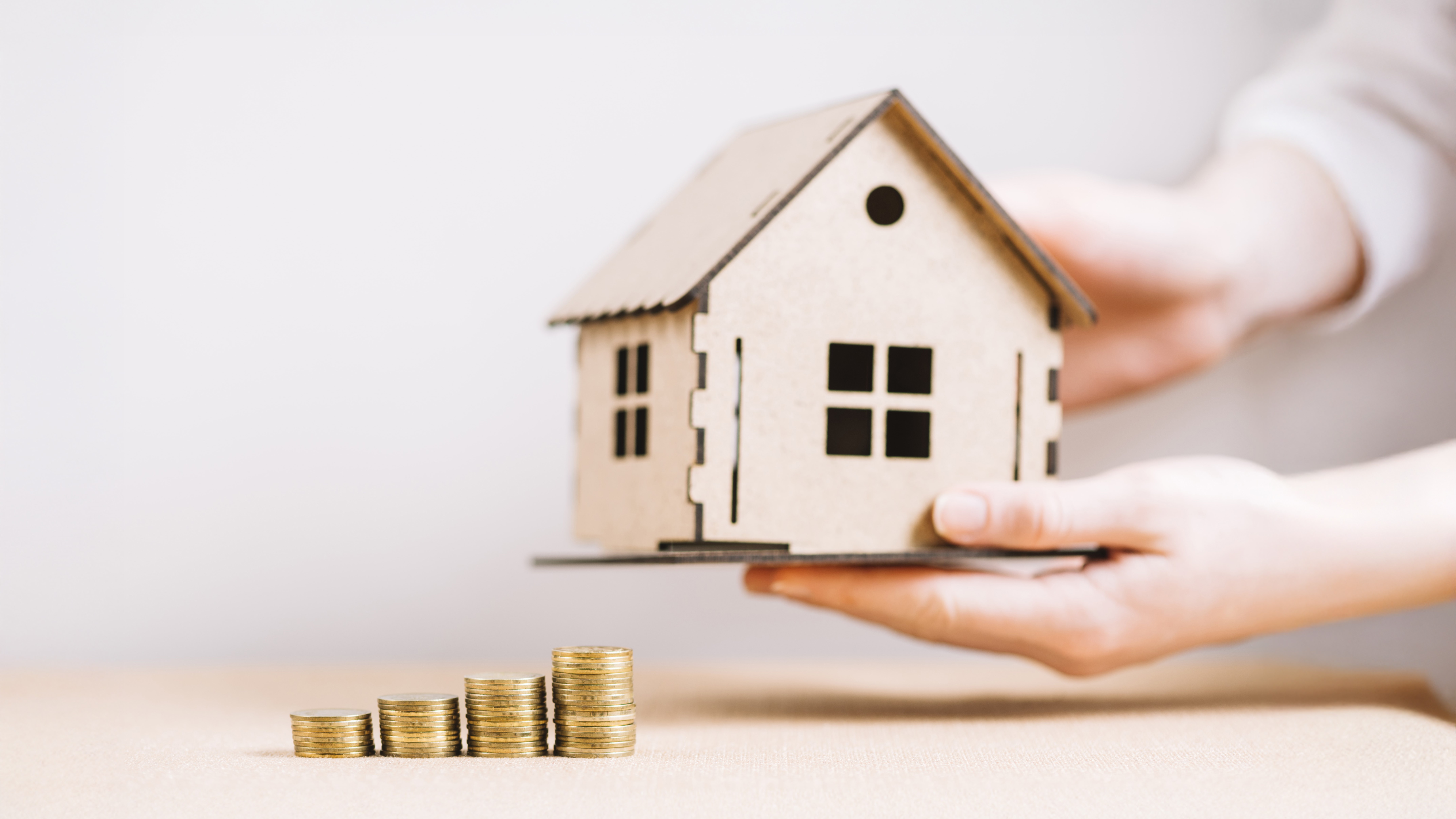 2025-01-09
2025-01-09
Taking care of a shared property is a collective effort. To make this possible, apartment owners contribute to a home savings fund. Each month, alongside utility payments, residents deposit a set amount into this shared account. Over time, the fund grows into a financial safety net not only for repairs and improvements, but also for unexpected expenses.
Importantly, the savings belong exclusively to the building and its apartment owners and can only be used for projects that benefit the property.
Your building’s savings can be used for any necessary upgrades—from fixing the roof to adding benches in the courtyard. Older buildings often have more urgent needs, so property managers work with residents to prioritize the most important tasks.
Here’s how it works:
Planned repairs use savings automatically—no extra voting required.
However, emergencies like a burst water pipe or storm damage to the roof require immediate action. In such cases, the property manager starts repairs right away and asks residents to decide how to cover the costs. Owners can choose to use funds from the savings or include additional charges in future bills.
You can find your monthly savings contribution under “Savings for Future Repairs” on your bill.
The amount varies between buildings, depending on historical needs and resident preferences. Adjustments are easy – residents can vote to increase or decrease contributions at any time.
Increasing contributions often allows necessary work to be completed sooner. Lowering contributions may save money temporarily, but it can delay critical repairs, leading to higher costs in the long run. For example, poorly maintained buildings may face higher property taxes or emergency repair costs, making short-term savings an expensive choice in the end.
When a building is saving for a major project, the funds may remain untouched for years. During this time, the property manager ensures the money is secure:
Saving for large projects can be challenging, especially for older buildings with many needs. Emergencies, inflation, and competing priorities can make it difficult to reach your goals.
To help, property managers assist residents in securing financial support:
Keeping track of your building’s savings is simple. Visit the e-parvaldnieks.lv portal or the RNP app to:
We publish future plans every October and share the previous year’s report in April.
Read more: Understanding Your Management Fee: What It Covers and How It’s Calculated